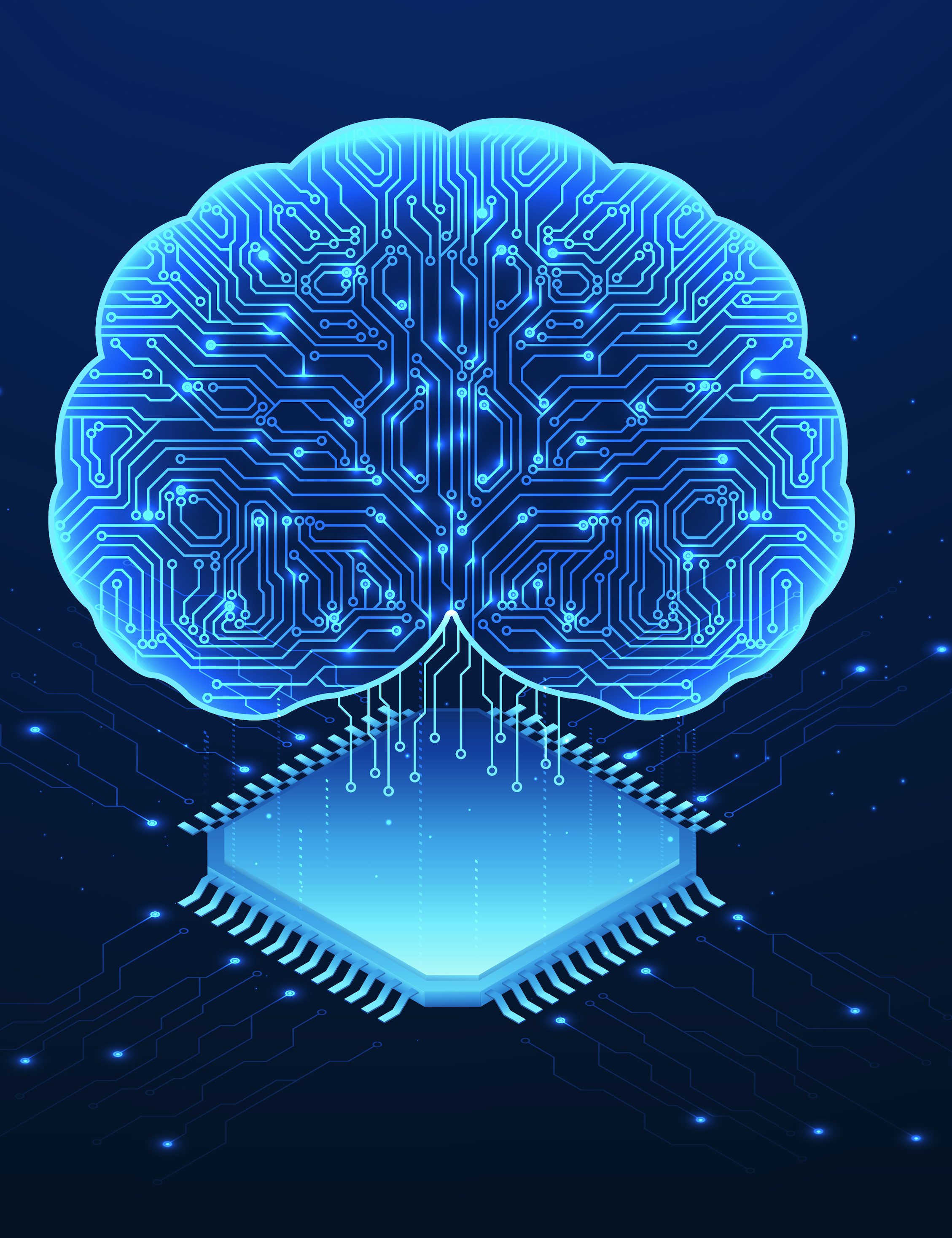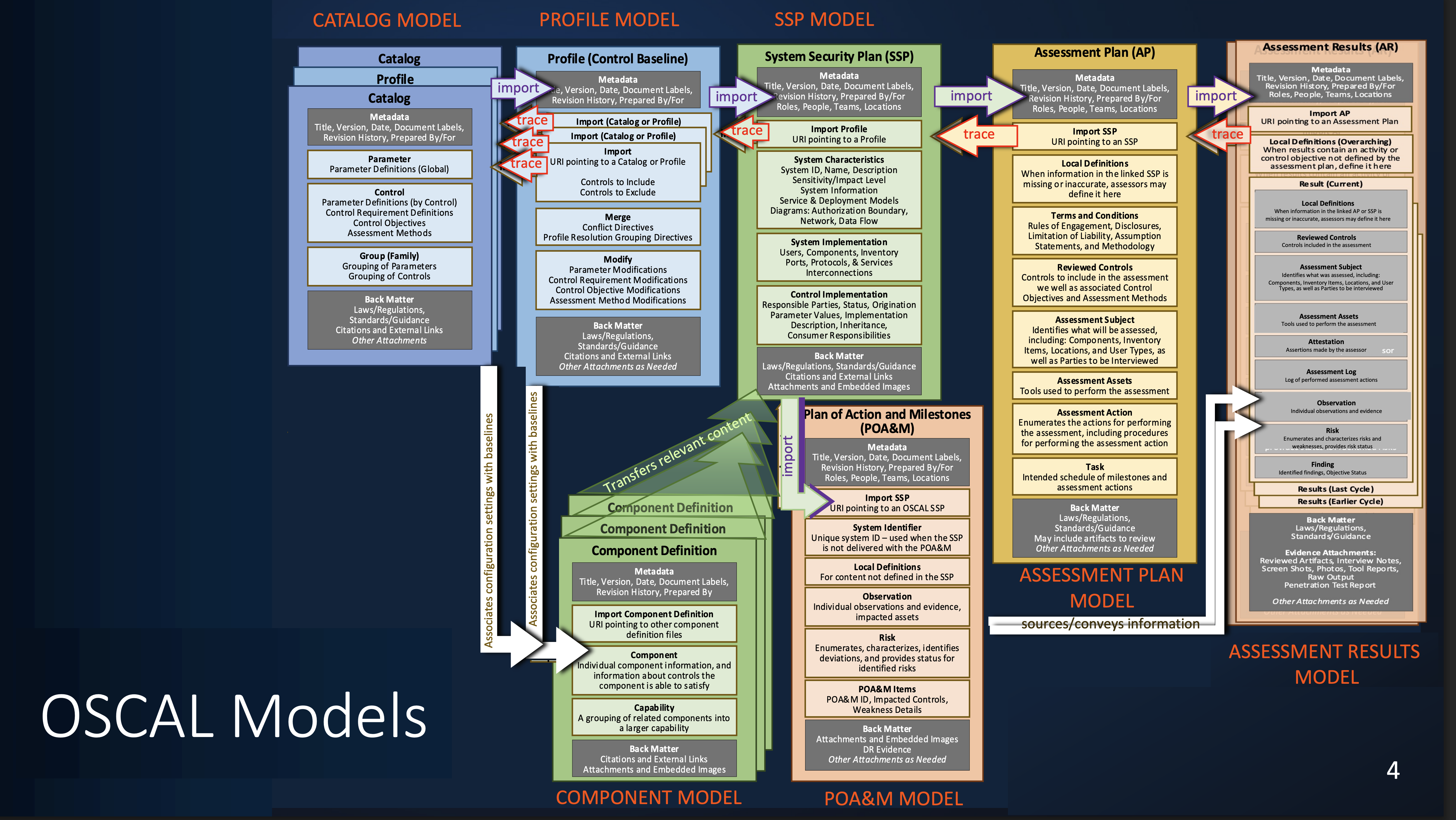Generative AI and RAG: Transforming Sales & Operations Workflows
How retrieval-augmented generation (RAG) and generative AI are changing the game for sales and operational workflows across commercial and federal sectors.
date
author
avesso Team

“Knowledge is of two kinds. We know a subject ourselves, or we know where we can find information upon it.” – Samuel Johnson, 1775
Generative AI and retrieval-augmented generation (RAG) are quickly becoming game-changers in how organizations find and use information. In fact, as of 2024 about one-third of companies already use generative AI in at least one business function, and analysts predict over 80% will have it deployed by 2026 But what do these technologies actually mean for day-to-day work? This article breaks down the basics —starting with simple definitions—and then explores how sales teams and operations teams (in both commercial businesses and the federal sector) can harness generative AI with RAG to transform their workflows. The goal is to keep things clear and insight-rich, so whether you’re a blue-collar operations lead or a tech-savvy decision-maker, you’ll come away with practical ideas on applying this in your world.
What is Generative AI?
At its core, Generative AI refers to artificial intelligence that can create original content (text, images, videos, etc.) in response to a user’s prompt Instead of just analyzing data or making predictions, generative AI produces something new. A common example is large language models like ChatGPT, which can generate human-like text. You give these models an input (say, a question or request), and they compose a useful answer, paragraph, or even an entire document as output. Generative AI models learn from vast amounts of existing data, identifying patterns in language (or other media) so they can generate plausible and contextually relevant responses. In simple terms, if you imagine a very knowledgeable assistant that has read millions of pages of text — generative AI is like that assistant trying to write an answer for you, based on everything it has “learned.”
Generative AI can be visualized as a kind of “brain” built on computer chips. It learns patterns from massive datasets (like reading a whole library) and uses that knowledge to create new content when asked. Here, a neural network (brain) interfaces with a computer processor, symbolizing how AI turns learned data into intelligent responses. This ability to generate content opens up all sorts of possibilities. However, generative AI on its own has a notable limitation: it only knows what’s in its training data (which might be generic internet text or data up to a certain cutoff date). It doesn’t automatically know your company’s latest policies, or the details of yesterday’s client call, or any proprietary document unless that information was part of its training. Also, if asked a question outside its knowledge, a vanilla generative AI might make up an answer that sounds plausible (this is often called a “hallucination” in AI lingo). That’s where the next concept comes in— Retrieval-Augmented Generation, or RAG.
What is Retrieval-Augmented Generation (RAG)?
Retrieval-Augmented Generation (RAG) is a technique that merges the power of generative AI with real- time information retrieval from your own knowledge sources In essence, RAG gives the AI a smart librarian. When asked a question, a RAG system will first fetch relevant information from a database or document repository (the retrieval step), and then feed that information into the generative AI so it can craft a more accurate, context-informed answer (the generation step). This approach provides the AI with up-to-date, relevant facts on the fly, rather than relying purely on its pre-trained memory. To put it more simply, think of a skilled mechanic who normally has to rely on memory to fix any car. Generative AI alone is like that mechanic working from what they remember. Now imagine the mechanic has an encyclopedic manual open to the exact page needed for the specific car in front of them—that’s what RAG does for the AI. It augments the AI model with the exact pieces of knowledge it needs from your data (policies, PDFs, emails, wiki pages, you name it) in order to answer a question or complete a task The result is an answer that is both fluent (thanks to generative AI) and grounded in real source material (thanks to retrieval from your data).
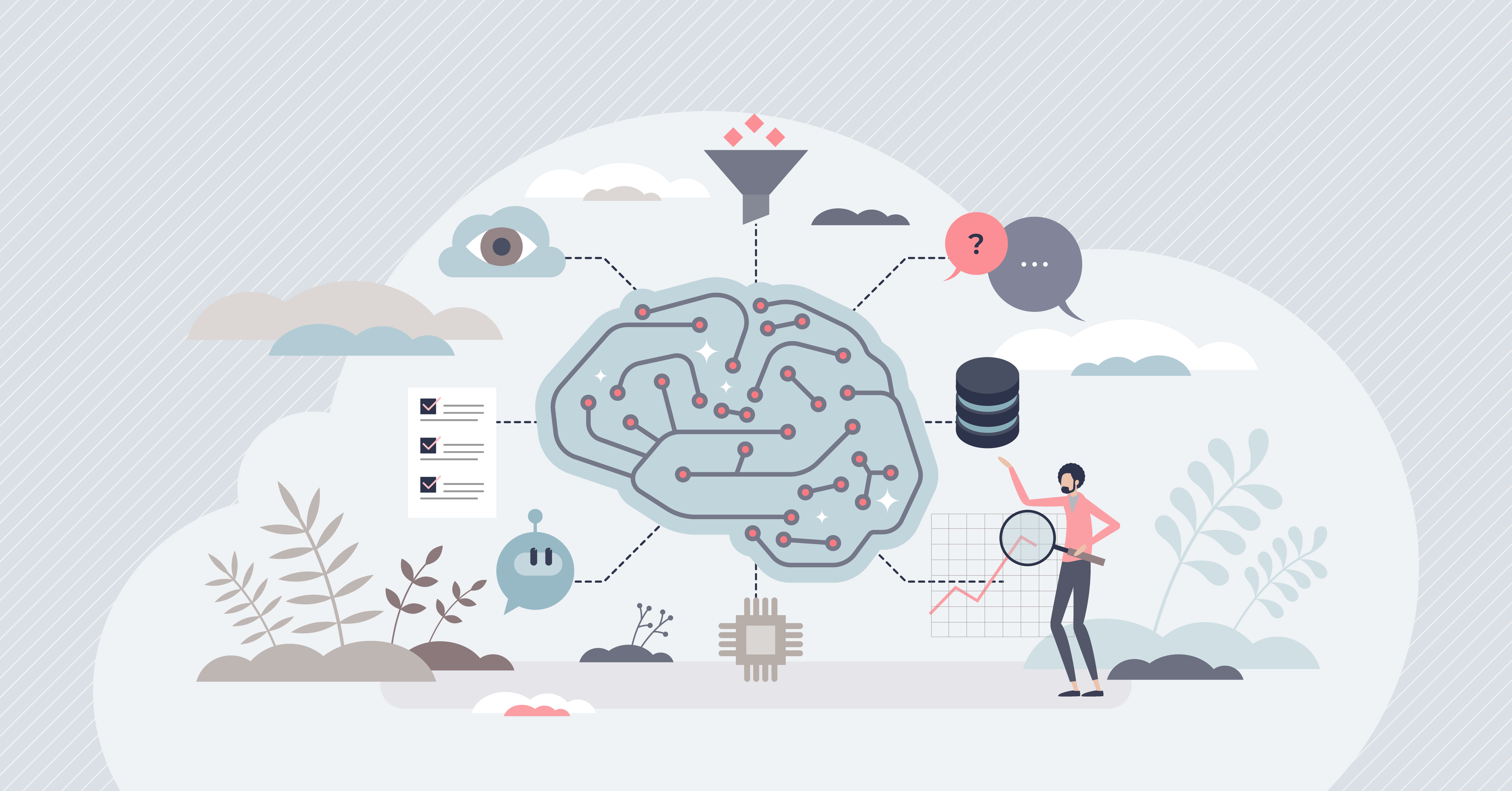
Caption: Conceptual illustration of AI cognition and data processing.
By equipping generative AI with retrieval, you essentially surround each employee with an army of well-informed AI assistants. In this illustration, a lone human stands among many friendly “robot” colleagues in suits. RAG makes AI a true team player — the robots have the knowledge at hand, and the human can trust that the information coming from every direction is accurate and relevant. Because RAG systems consult your actual documents or databases when formulating responses, they drastically reduce the chance of the AI wandering off into fantasy. For example, there have been incidents where lawyers used a standard AI to draft a legal brief and it confidently cited court cases that didn’t exist (a perilous hallucination!) 5 . In a RAG setup, the AI would have pulled the relevant law texts or prior case files from a legal database first, making it far less likely to cite fake cases. RAG ensures the AI “knows where to find the information” it needs — fulfilling that Samuel Johnson insight at the start of this article.
Why RAG Matters for Document-Heavy Businesses
If your organization runs on lots of documents, policies, or data (and most do), RAG can be a transformative ally. Many businesses, from private companies to federal agencies, grapple with a common challenge: employees spend a huge chunk of time just searching for information. Studies have found that an average employee might spend 1.8 hours every day (about 9 hours a week) searching for and gathering information, which is like paying five employees but only getting the productivity of four because one is always just hunting for answers That’s a lot of lost efficiency. The reason isn’t that people are lazy — it’s that useful knowledge is often buried in shared drives, email threads, thick policy binders, or sprawling internal websites. Finding the right snippet when you need it is like finding a needle in a haystack. Here’s where RAG shines. By combining a smart search through all your company data with an AI that can understand questions and compose answers, RAG turns that haystack of documents into something more like a neatly indexed library at your fingertips. The benefits to the business are very real:
• Timeliness and Relevance: A RAG approach means the AI is always consulting the latest internal data available, so answers stay up-to-date and relevant to the situation For instance, if policies changed last week, a RAG system referencing your policy database will reflect that change in its output. No more outdated answers or having to say “I’ll get back to you once I find that info.”
• Greater Accuracy and Trust: Because the AI’s responses are grounded in actual documents and sources you provide, you can trust the output more. This grounding greatly reduces the risk of the AI spouting off incorrect or made-up facts In other words, RAG helps the AI stick to the truth as contained in your vetted company data, which is critical when giving answers to employees or customers. You can even trace the answer back to the source document if needed, increasing transparency.
• More Control Over Knowledge: With out-of-the-box AI, you often have little control over where it draws its knowledge from (it has a giant general model behind it, trained on who-knows-what on the internet). RAG lets you choose the data that informs the AI’s answers You basically plug your own knowledge base into the AI. That means the tone, specificity, and correctness of responses can be tailored to your domain. For businesses that have sensitive or proprietary info, this control is a big deal – the AI isn’t generating answers from random web data, it’s using your trusted sources.
• Enhanced Knowledge Access (Supercharged Search): Think of RAG as giving every employee a smart assistant who not only finds documents but reads them and provides the answer you were looking for. It’s like a supercharged internal search engine. Instead of scrolling through a 50- page manual to find one detail, an employee can ask in plain language and get that specific detail summarized for them, with pointers to where it came from. This is incredibly useful when dealing with massive volumes of emails, technical manuals, standard operating procedures, or regulations.
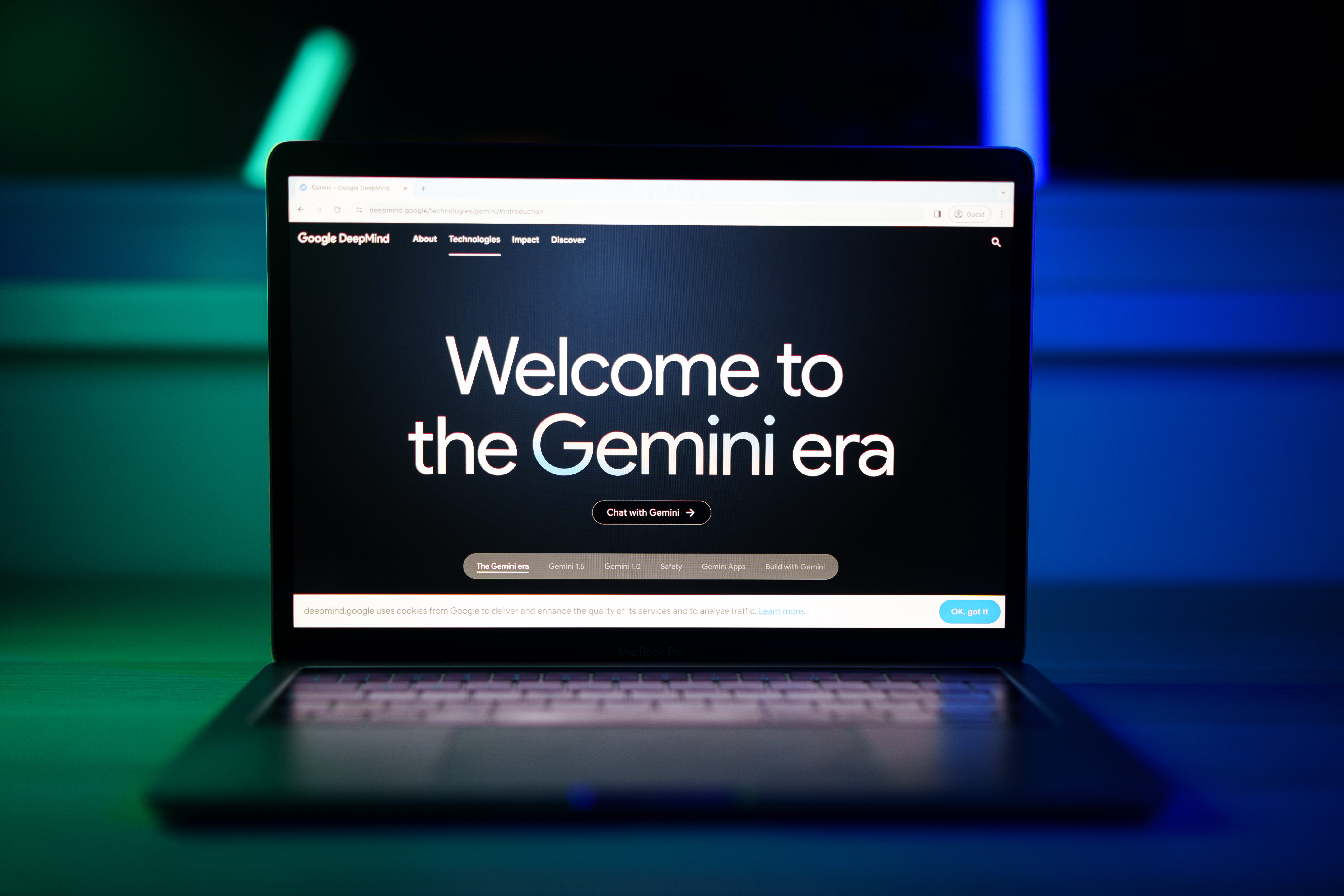
Caption: Google DeepMind introduces the Gemini era for generative AI.
In short, RAG helps cut through information overload, which in turn boosts productivity and informed decision-making. Now that we’ve covered the “what” and “why,” let’s look at some concrete use cases. How exactly can generative AI with RAG make a difference in everyday work for sales teams and operations teams? Below we’ll explore scenarios in both domains to illustrate the practical benefits.
Use Cases in Sales Workflows
Sales organizations are fast-paced and information-driven. Reps and managers juggle product info, marketing content, client communications, and CRM systems all day long. Generative AI with RAG can act as an ever-ready assistant to lighten that load. Here are a few ways it’s being applied in sales workflows:
• Generating Tailored Content for Outreach: Crafting emails and proposals is part-and-parcel of sales, but it’s time consuming. Generative AI can help draft these communications based on context you provide. For example, you can ask the AI to write a first-pass cold email or a proposal tailored to a specific client, and it will pull in relevant details (like client name, industry, maybe even pain points from your CRM notes) to make it personalized. Major CRM platforms are already adding such features – Salesforce’s Einstein AI can auto-generate effective introductory emails and follow-ups in seconds, pulling in contact names and relevant details like product interests to customize each message. Unlike a generic template, the AI’s output is unique each time yet context-appropriate. This means a salesperson can get a solid draft quickly, then fine-tune it with their personal touch, saving lots of writing time while still delivering a personal feel to the customer.
• Automating Follow-Ups and Recaps: Good salespeople know the importance of timely follow-ups (after meetings, demos, etc.) but writing them promptly isn’t always easy when you’re busy. A generative AI assistant can summarize a sales call or meeting and produce a ready-to-send follow-up email highlighting the key points and next steps. In fact, AI can now even listen to sales call recordings, transcribe them, pick out the important questions or customer objections, and summarize action items With RAG, those summaries can be enriched with data from your knowledge base—if a prospect asked a tough question during the call, the AI could retrieve the answer from documentation and include it in the follow-up message. This leads to faster, more consistent follow-ups that keep deals moving forward, and it ensures no detail or question falls through the cracks.
• On-Demand Answers to Internal Questions: Sales reps often need quick answers: What’s our pricing policy on bulk orders? Has our company ever done a case study in the healthcare sector? What were the main features of product version X again? Instead of digging through internal portals or waiting for a manager to respond, a RAG-powered chat assistant can be on standby to answer these questions. It will search through the relevant playbooks, case study archives, or product FAQs and give a pointed answer. One case study described an AI sales assistant that allowed reps to instantly locate relevant case studies and past proposals, even providing short AI-generated summaries for quick reading. This kind of tool essentially serves as a smart, searchable memory of all sales collateral and institutional knowledge. The benefit is a more responsive sales force—reps sound more confident and informed when they can pull up facts on the fly, and they spend less time hunting for resources across multiple systems.
• Faster Proposal and Document Generation: Beyond just emails, RAG-driven generative AI can help assemble larger documents like sales proposals, quotes, or presentations. By pulling in the latest product specs, pricing tables, and relevant case studies from your databases, the AI can draft a proposal document that hits all the key points, formatted to your standard template. Sales teams have used such assistants to auto-fill parts of RFP (Request for Proposal) responses or to generate first drafts of pitch decks, cutting down the manual work dramatically The human seller can then review and refine, which is a much quicker process than starting from scratch. Especially as sales organizations scale, this helps maintain consistency and quality in the materials going out to clients, and it frees up reps to spend more time on actual client engagement rather than paperwork. In short, for sales, the name of the game is speed and personalization. Generative AI with RAG helps deliver both: faster content creation and more personalized, informed interactions. A salesperson can respond to prospects faster, with answers and materials that feel truly consultative, because they have AI doing the heavy lifting of knowledge retrieval and drafting. This leads to a better customer experience and, ultimately, more sales closed.

Caption: Abstract visualization of a neural network representing generative AI.
📈 Want to See the ROI for Your Business?
Curious how much you could save on admin costs or gain from booking just one more job a week?
In less than 60 seconds, you’ll get a full monthly and yearly projection based on your own numbers. No forms. No signup. Just insights.
Use Cases in Operations and Field Workflows
On the operations side of the house (which can range from office operations to field work in industries like construction, manufacturing, or public sector services), RAG and generative AI offer equally exciting
benefits. These environments often involve strict procedures, extensive manuals, and a need for quick problem-solving on the ground. Here’s how the technology is making a practical impact:
• Instant Policy & Compliance Lookup: Operational leaders and staff deal with a lot of policies and regulations—safety guidelines, HR policies, federal compliance rules, you name it. When someone needs to check “What’s the protocol for X?” it usually means poring over a binder or a PDF. With a RAG-powered assistant, anyone can ask that question in plain English and get an immediate answer sourced from the official policy document. For example, a warehouse manager might ask, “What’s the maximum weight I’m allowed to load on a tier 2 shelf according to our safety manual?” and the AI could pull the exact rule from the company’s safety SOP (Standard Operating Procedure) document, quoting the limit and any relevant conditions. This saves time and also ensures that decisions are consistently based on the latest approved policy, reducing the risk of errors or compliance breaches. In a federal context, imagine a government employee instantly querying a huge policy document (like the Federal Acquisition Regulations) and getting a clear answer in seconds—a task that could otherwise take hours of searching.
• On-Demand SOP Guidance: In operations roles, especially for frontline workers or technicians, there’s often a need to follow detailed step-by-step procedures. RAG can act like a digital coach. Let’s say a technician in a manufacturing plant is about to perform maintenance on a piece of equipment. They could ask, “Give me the SOP for replacing the filter on Machine Model ABC,” and the AI would retrieve the relevant section from the maintenance manual and even walk through the steps in a concise way. This is like having a senior expert over your shoulder at all times. It’s especially useful for less experienced staff — it can shorten the learning curve because the AI can refer to all past institutional knowledge and guide them through new or complex tasks accurately. Even for experienced folks, it’s a confidence booster to verify they’re not missing a step, all without having to leaf through pages or find the right file on a tablet.
• Jobsite Knowledge at Your Fingertips: Consider construction sites, field service technicians, utility repair crews, or even military logistics operations. These scenarios involve a lot of documentation on the move — blueprints, technical manuals, repair histories, incident logs, etc. Generative AI with RAG can be a field worker’s best friend. For example, a field service technician troubleshooting a piece of equipment can use a voice assistant or mobile device to describe the problem and ask for a solution. The RAG system can pull up the equipment’s maintenance history, the relevant troubleshooting guide, and any part replacement instructions, then generate an easy-to-follow solution summary on the spot. Companies are already doing this: Zinier, a field service software provider, integrated ChatGPT to allow their technicians to access a wealth of knowledge (customer histories, training material, parts manuals) in real time while out in the field This kind of instant access means fewer calls back to the office for support and a higher chance that the worker fixes the issue on the first visit (which is huge for efficiency and cost savings). In essence, the AI becomes a mobile knowledge base that travels with the crew, which is extremely valuable in any operation where time is money and there’s no easy desk to flip through manuals.
• Internal Q&A and Training: Operations teams also benefit from RAG on the people side. Think of an internal helpdesk scenario or training new employees. Instead of digging through intranet pages, an employee could ask, “How do I submit a travel reimbursement?” or “What’s our protocol if there’s an accident on the job site?” and get an immediate answer drawn from the HR handbook or the safety manual. This is basically an internal Q&A chatbot that actually knows the right answers because it’s
retrieving from the official documents. It’s available 24/7, so even if the HR person or the safety officer is offline, employees can self-serve their questions. This not only saves time for the person asking, but also reduces repetitive queries that HR or ops managers have to handle. Over time, this can be extended to training modules—new hires could interact with the AI to learn about the company’s processes, asking questions as they go, almost like a personal tutor that’s infinitely patient and deeply knowledgeable. For organizations with a lot of procedural knowledge (federal agencies, hospitals, factories, etc.), this approach ensures that tribal knowledge (the know-how that’s often locked in veteran employees’ heads or in obscure documents) becomes accessible to everyone on demand.
Overall, the common theme in operations is efficiency and consistency. RAG empowers teams to do things right and do them fast. Whether it’s following rules, fixing problems, or educating staff, having a conversational interface to a giant repository of operational knowledge means the correct information is always a quick question away. In fields where mistakes can be costly or dangerous, this is a game-changer. It helps create a safer, more responsive operation without having to constantly comb through paperwork or call a supervisor for guidance.
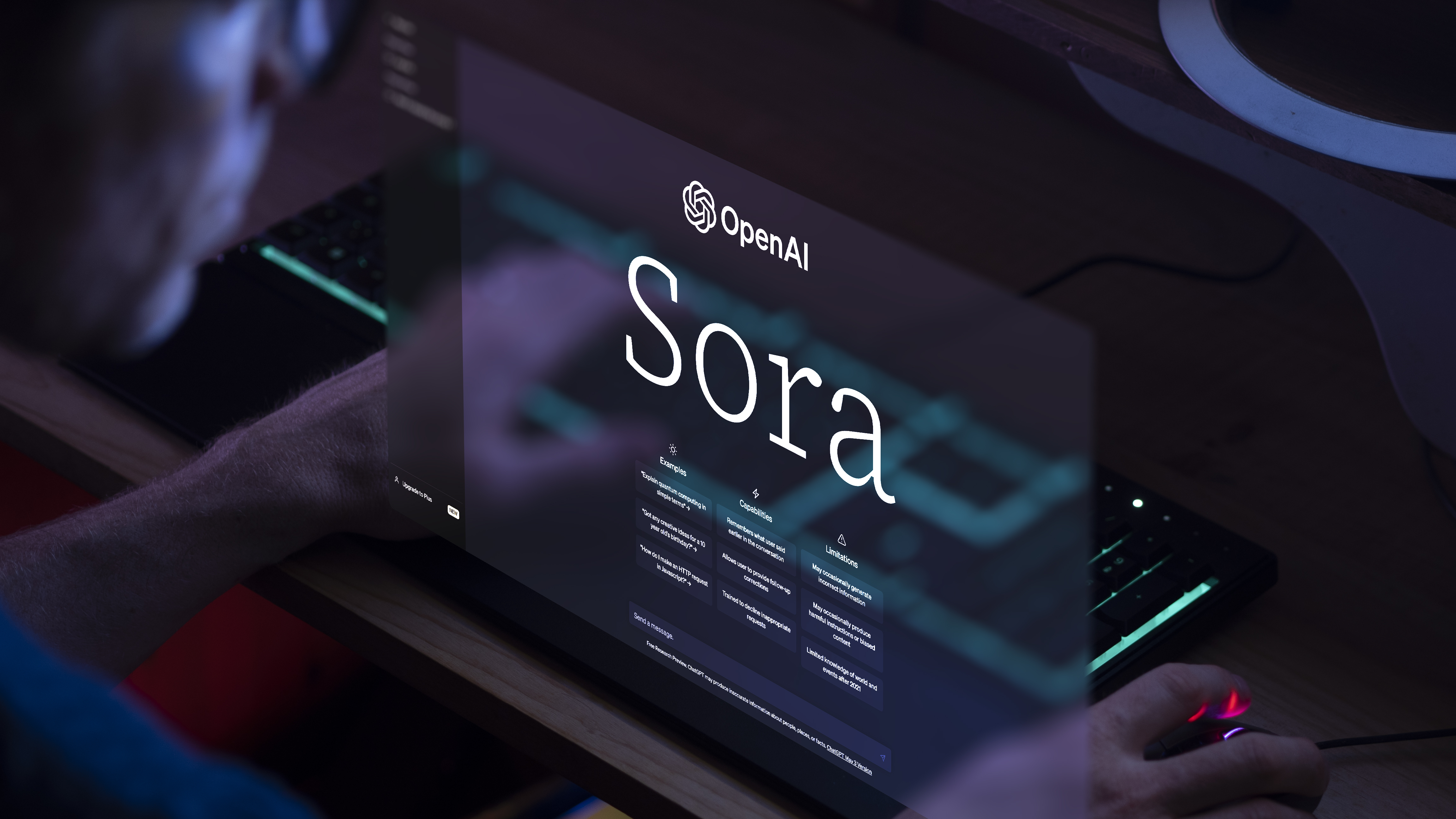
Caption: OpenAI’s Sora interface highlighting generative AI capabilities.
Conclusion
From the sales floor to the shop floor, generative AI combined with retrieval is changing how work gets done. It’s like moving from the old world of siloed documents and scattered information to a new world where knowledge flows as freely as a conversation. A salesperson can draft and personalize outreach materials in a flash, and an operations worker can get expert guidance without leaving the task at hand. The beauty of RAG is that it bridges the gap between data and actionable answers — it ensures that AI’s creativity and fluency are firmly rooted in the facts and context that matter to your organization. Implementing these systems is increasingly within reach for businesses of all sizes. What used to sound like science fiction — an AI that knows your company’s every policy, product, or case study and can talk about them usefully — is now a practical reality. The tools and frameworks (from open-source libraries to enterprise platforms) are available to build such solutions, and many companies are piloting them or rolling them out, seeing quick wins in productivity and service quality.
Crucially, none of this is about replacing humans; it’s about augmenting your team’s capabilities. RAG and generative AI serve as force-multipliers: they handle the grunt work of information retrieval and first-draft creation, so your people can focus on higher-value work — building relationships, making decisions, and solving problems with creativity and judgment. In a sense, these technologies let every employee operate with the combined knowledge of your entire organization at their fingertips.
As you think about your own business or agency, it’s worth asking: What if every proposal, every answer to a client, every operational decision could be backed by the sum total of knowledge in our files, instantly? That’s the promise of combining generative AI with retrieval. It’s not a distant future scenario; it’s here now, transforming workflows for those who embrace it. And as more real-world success stories emerge, one can naturally envision leveraging these advances to stay ahead. After all, in today’s fast-paced environment, knowing how to find the right information and use it quickly can be just as important as knowing the information itself — and now we have the tools to do both, better than ever.
📈 Want to See the ROI for Your Business?
Curious how much you could save on admin costs or gain from booking just one more job a week?
In less than 60 seconds, you’ll get a full monthly and yearly projection based on your own numbers. No forms. No signup. Just insights.
Sources:
What is Generative AI? | IBM
https://www.ibm.com/think/topics/generative-ai
What Is Retrieval-Augmented Generation (RAG)? | Salesforce US
https://www.salesforce.com/agentforce/what-is-rag/
What is RAG and Why Does It Matter for Trusted Generative AI?
https://www.lexisnexis.com/community/insights/professional/b/industry-insights/posts/what-is-rag
Various Survey Statistics: Workers Spend Too Much Time Searching for Information - Cottrill Research
Einstein 1 Sales saves Salesforce sellers 3.5 hours per day.
https://www.salesforce.com/salesforce-stories/einstein-increases-sales-productivity/
